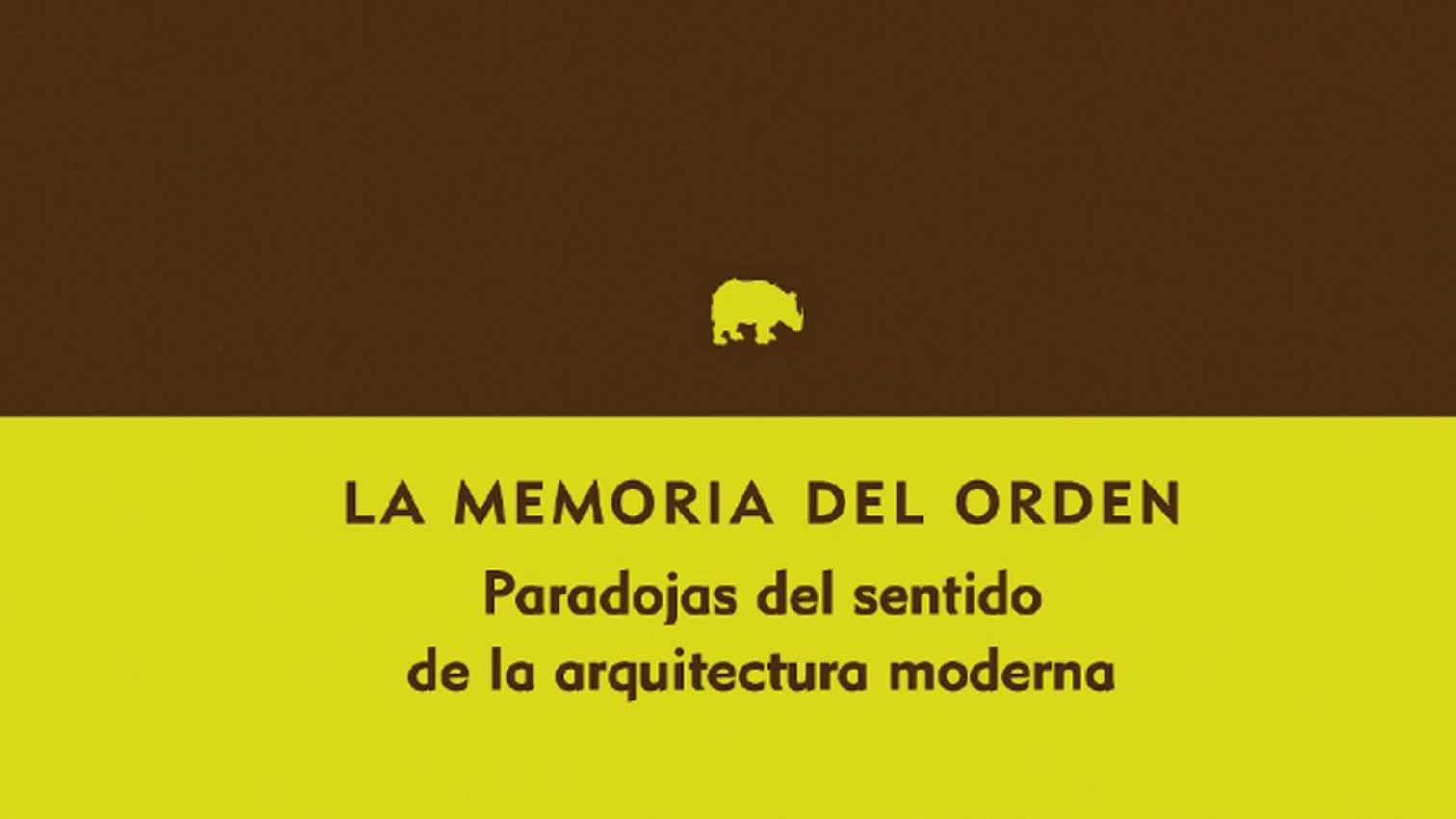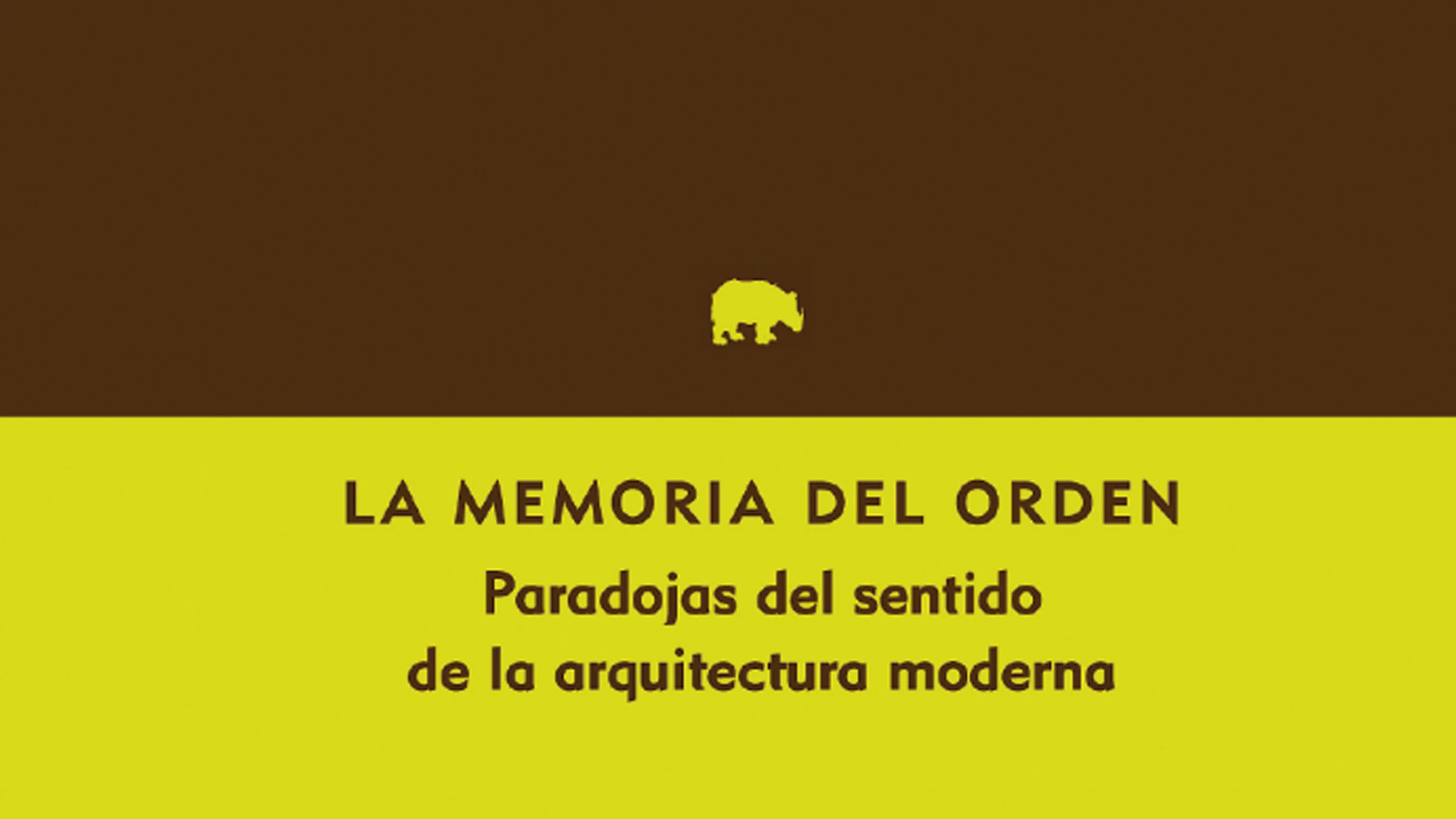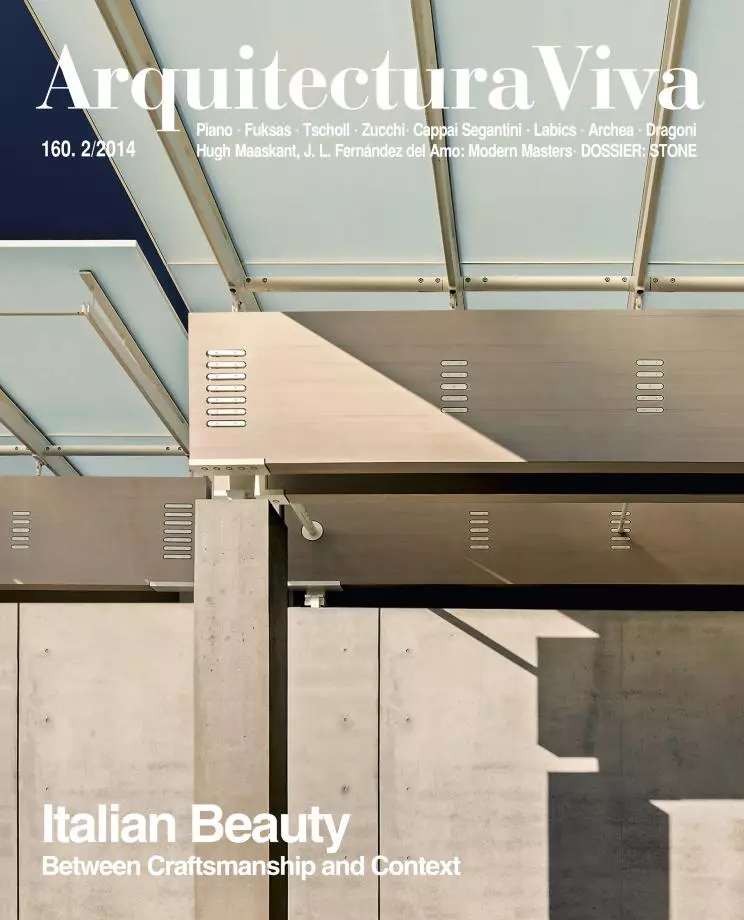
The history of modern architecture began with the demolition of long-held certainties. With foundations pushed away by enlightened ideas, architects went in search of a legitimizing principle for their discipline. The only certainty we can make out, however, is that the old order cannot be reconstructed. The only solid ground to build a coherent discourse on seems to be the arbitrariness inherent in architecture, and it inevitably marks each project like original sin.
This modern condition is the starting point of a new theoretical writing by José Ignacio Linazasoro. Like a Theseus without an Ariadne, modern architects face their labyrinths without the thread that promised a sure exit. What should they do? Nowadays it would be naive to believe in an impossible Ariadne. Is an empty nihilism the only remaining way out? Is an architecture of good sense possible?
For Linazasoro, architecture of good sense participates in the modern condition, and establishes a cultural relationship with its history: an architecture of memory. The author finds it in the work of Piranesi, Soane, Loos, Le Corbusier, or Tessenow, whose lessons he closely examines.
If the modern condition is associated with a fall, these lessons turn it – like an Augustinian felix culpa – into a true potential for a discipline, architecture, whose validity and autonomy the Basque-born architect defends passionately. In the middle of the labyrinth, then, Linazasoro proposes his own thread in a lucid, rigorous text which is, if I may say so, a must-read.







